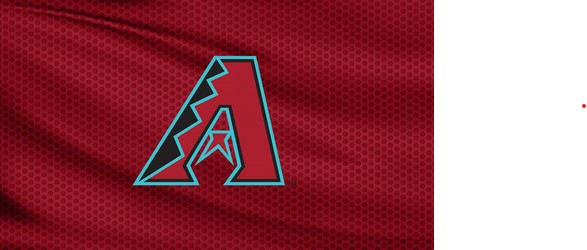Arizona Diamondbacks Fan Mail Address


Arizona Diamondbacks Fan Mail Address:
Arizona Diamondbacks
Chase Field
401 E Jefferson Street
Phoenix, AZ 85004
USA
Address Info:
Chase Field
(Baseball Stadium)
401 E Jefferson Street
Phoenix, AZ 85004
USA